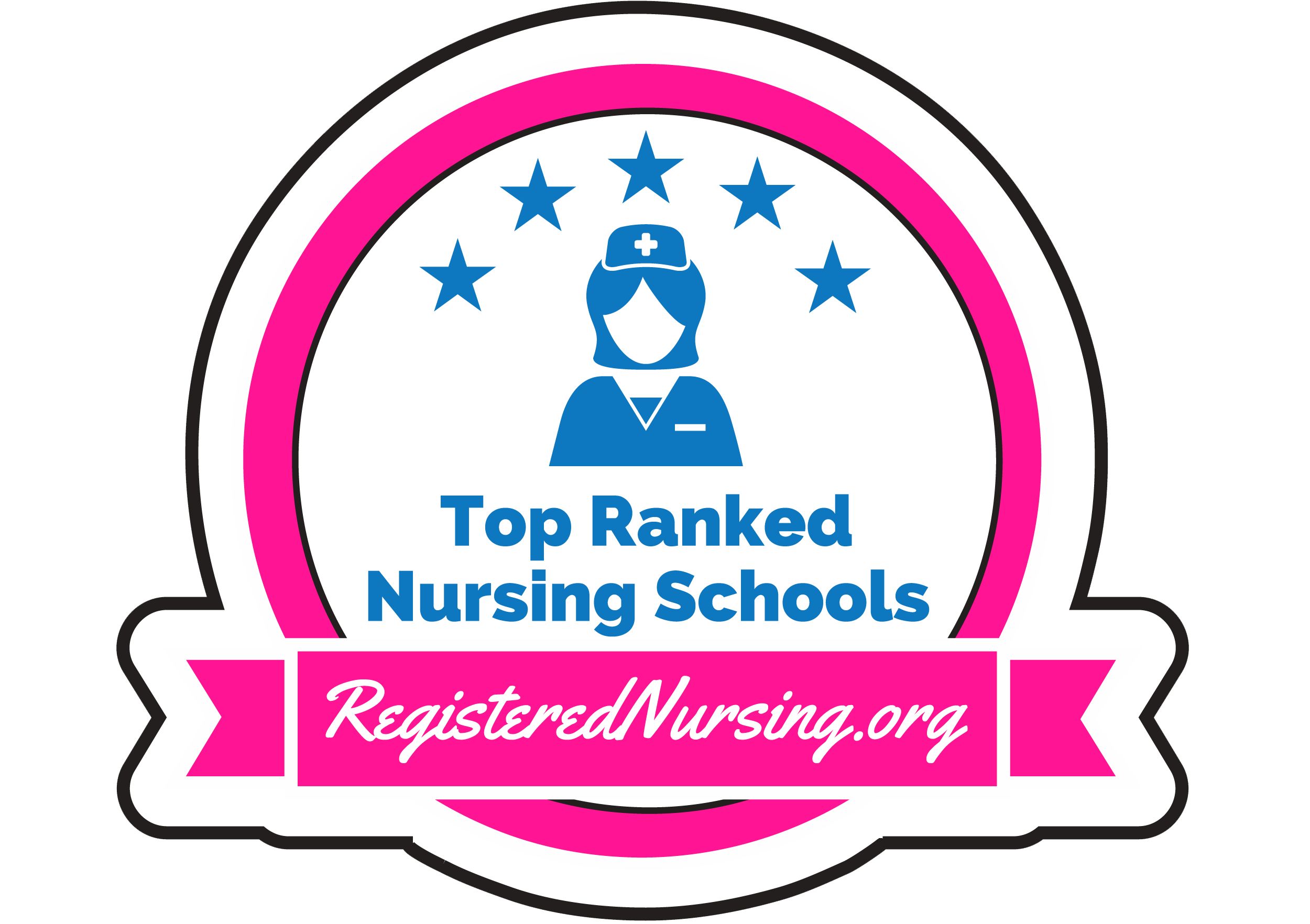RN Ranking Methodology
Welcome to our 10th Annual RN Program Rankings – 2026 Edition!

We are firm believers in providing students with all the information possible to make the right choice when selecting a nursing school. With this in mind, we believe a great way to provide transparency is by studying nursing programs and their students’ performance on the NCLEX-RN exam.
The NCLEX-RN exam is used by all state boards of nursing across the United States to help assess a student’s competency and is required for licensure. Many state boards of nursing use the total overall NCLEX-RN pass rates for a school as one of the main ways to approve a school’s ability to provide a nursing education in the state. This is why we feel the NCLEX-RN pass rates are one of the best ways to determine a nursing program’s student preparedness, and that is why we have chosen to rank them using this method.
Methodology
Our methodology began with obtaining NCLEX-RN exam pass rates for all RN programs (ADN, BSN, and Direct-Entry MSN) on a state-by-state basis through several methods, including submitting multiple Freedom of Information Act (FOIA) requests. We requested the previous three years of available information.
Once this data was obtained, we filtered out the programs with the following characteristics:
- Programs that have closed or will be closing at the time of data collection
- Programs with no pass rate data available for the previous 1 or 2 years, depending on the state and number of years of data available
- Programs with only one year of pass rates
Once non-qualifying programs had been filtered, the ranking process began:
- NCLEX-RN pass rates were analyzed going back to the most recent years of data available, up to 3 years; each state may have varying years. See the data table below for each state’s year range analysis.
- Schools’ pass rates were averaged together and weighted by the recency of the exam; for example, exam pass rates in 2024 count more towards overall rankings than scores from 2023. The weighting cofactor values table used:
| Number Years of Data Available | Weighting Cofactors (Most Recent First) |
|---|---|
| 3 Years | 0.45,0.35,0.2 |
| 2 Years | 0.65,0.35 |
| 1 Year | 1 |
Ranking Details By State
The table below lists each state and the number of schools analyzed.
| State | Number of Schools Analyzed |
|---|---|
| Alabama | 37 |
| Alaska | 0 |
| Arizona | 31 |
| Arkansas | 22 |
| California | 136 |
| Colorado | 25 |
| Connecticut | 20 |
| Delaware | 5 |
| Florida | 91 |
| Georgia | 52 |
| Hawaii | 8 |
| Idaho | 11 |
| Illinois | 75 |
| Indiana | 31 |
| Iowa | 31 |
| Kansas | 34 |
| Kentucky | 40 |
| Louisiana | 28 |
| Maine | 15 |
| Maryland | 26 |
| Massachusetts | 42 |
| Michigan | 60 |
| Minnesota | 40 |
| Mississippi | 24 |
| Missouri | 46 |
| Montana | 14 |
| Nebraska | 6 |
| Nevada | 13 |
| New Hampshire | 14 |
| New Jersey | 44 |
| New Mexico | 18 |
| New York | 101 |
| North Carolina | 89 |
| North Dakota | 12 |
| Ohio | 92 |
| Oklahoma | 28 |
| Oregon | 26 |
| Pennsylvania | 72 |
| Rhode Island | 5 |
| South Carolina | 32 |
| South Dakota | 12 |
| Tennessee | 47 |
| Texas | 109 |
| Utah | 17 |
| Vermont | 0 |
| Virginia | 60 |
| Washington | 36 |
| West Virginia | 26 |
| Wisconsin | 41 |
| Wyoming | 8 |
Concerns, Questions, and Corrections
We understand there are many factors involved in deciding which school best supports students on their path to becoming registered nurses. Our rankings are just one way for students to research and consider nursing programs. Our recommendation is to use our rankings in conjunction with other factors to help find the right school. Please note that schools and programs can change or discontinue their offerings at any time, including between annual ranking periods. Please verify program details directly with each school.
Please send comments, questions, or corrections to us via our contact form.

